The Science Behind THCA Trichomes: Why They Matter
The microscopic world of cannabis reveals one of nature's most sophisticated chemical factories: trichomes. These tiny, crystal-like structures represent millions of years of evolutionary refinement, serving as the primary sites for THCA trichome science and cannabinoid production. From an evolutionary perspective, trichomes developed as a multi-purpose defense mechanism, protecting plants from herbivores, UV radiation, and environmental stressors while concentrating valuable compounds that would later prove revolutionary for human medicine and research.
The scientific significance of THCA biosynthesis trichomes extends far beyond their protective functions. These structures have become the focal point of cutting-edge research in plant biochemistry, molecular biology, and pharmaceutical development. Understanding how trichomes produce, store, and regulate THCA (tetrahydrocannabinolic acid) has opened new avenues for therapeutic applications and agricultural optimization.
For cultivators and consumers alike, THCA trichome research has transformed approaches to cannabis cultivation, processing, and consumption. The density, development, and chemical composition of trichomes directly correlate with product potency, therapeutic potential, and market value. This relationship has driven unprecedented investment in trichome-focused research, leading to breakthrough discoveries in plant genetics, biochemistry, and agricultural science.
The impact of trichome science on modern cannabis cultivation cannot be overstated. Advanced breeding programs now target specific trichome characteristics, environmental controls optimize trichome development, and harvesting techniques preserve trichome integrity. Understanding scientific THCA trichomes has revolutionized quality assessment, product development, and therapeutic applications across the cannabis industry.
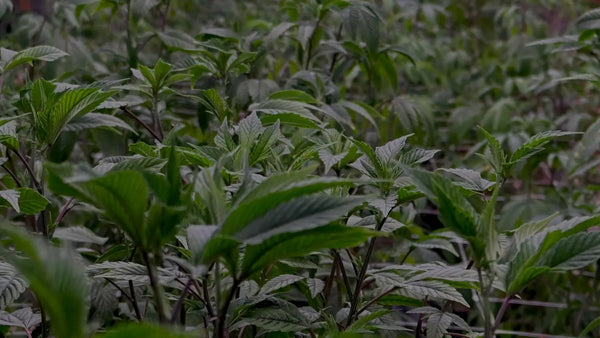
Biosynthesis of THCA in Trichomes
Enzymatic Pathways and Molecular Mechanisms
The biosynthesis of THCA within trichomes represents one of nature's most complex enzymatic cascades. THCA synthase trichomes contain specialized enzyme systems that convert precursor molecules into the final THCA product through a series of precisely orchestrated chemical reactions. This process begins with the synthesis of cannabigerolic acid (CBGA), often called the "mother cannabinoid," which serves as the precursor for all major cannabinoids including THCA.
The enzymatic pathway starts with the formation of olivetolic acid and geranyl diphosphate, which combine under the catalysis of geranylpyrophosphate:olivetolate geranyltransferase to form CBGA. This foundational step occurs within the secretory cells of glandular trichomes, where specialized organelles concentrate the necessary substrates and cofactors. The efficiency of this initial conversion significantly influences the ultimate THCA yield and has become a primary target for genetic optimization in modern breeding programs.
Following CBGA formation, the critical conversion to THCA occurs through the action of THCA synthase, a highly specific enzyme that catalyzes the oxidative cyclization of CBGA. This enzyme demonstrates remarkable specificity, selectively producing THCA while minimizing the formation of other cannabinoids. The three-dimensional structure of THCA synthase has been extensively studied, revealing a complex active site that positions CBGA molecules for precise chemical transformation.
THCA Synthase Function and Regulation
Trichome THCA production depends critically on THCA synthase activity, which is regulated by multiple factors including gene expression, protein folding, and cofactor availability. THCA synthase requires flavin adenine dinucleotide (FAD) as a cofactor, and the availability of this cofactor can limit enzyme activity under certain conditions. Research has shown that environmental factors such as light intensity, temperature, and humidity significantly influence THCA synthase expression and activity.
The enzyme operates through a complex mechanism involving hydrogen abstraction and radical chemistry. X-ray crystallography studies have revealed that THCA synthase adopts a unique fold that creates a binding pocket specifically shaped for CBGA molecules. The enzyme's active site contains critical amino acid residues that facilitate the oxidative cyclization reaction, with His114 and Tyr417 playing particularly important roles in catalysis.
Transcriptional regulation of THCA synthase genes responds to developmental cues and environmental stimuli. The enzyme is predominantly expressed during trichome maturation, with peak activity occurring during the mid-to-late flowering stages. This temporal regulation ensures that THCA synthesis coincides with maximum trichome development and secretory capacity.
Genetic Factors Influencing Production
The genetic basis of cannabis THCA science reveals complex inheritance patterns involving multiple genes and regulatory elements. THCA synthase genes exist in multiple copies within cannabis genomes, with different variants showing varying levels of expression and enzymatic activity. These genetic variants contribute to the substantial differences in THCA production observed between different cannabis cultivars.
Recent genomic studies have identified quantitative trait loci (QTL) associated with THCA production, revealing that trichome density, size, and biosynthetic capacity are influenced by numerous genetic factors. Major QTL regions contain genes involved in trichome development, cannabinoid biosynthesis, and metabolic regulation. Understanding these genetic relationships has enabled marker-assisted breeding programs that can predict and enhance THCA production in new cultivars.
Epigenetic factors also play crucial roles in THCA biosynthesis regulation. DNA methylation patterns and histone modifications influence the expression of genes involved in trichome development and cannabinoid synthesis. Environmental stress can trigger epigenetic changes that affect THCA production, providing a mechanism for plants to adjust their chemical defenses in response to external threats.
Trichome Development Biology
Cell Differentiation Process and Initiation
The development of THCA trichome biology begins with the differentiation of specialized epidermal cells into trichome initials. This process involves complex signaling cascades that determine which cells will develop into glandular trichomes capable of THCA synthesis. Transcription factors such as MIXTA-like proteins and homeodomain proteins regulate early trichome fate decisions, creating distinct developmental programs for different trichome types.
Cell differentiation involves dramatic changes in gene expression, cell structure, and metabolic capacity. Prospective trichome cells increase in size, develop extensive endoplasmic reticulum networks, and accumulate the molecular machinery necessary for cannabinoid biosynthesis. This differentiation process is highly coordinated, ensuring that trichomes develop at optimal densities and locations on plant surfaces.
The spatial pattern of trichome development follows precise developmental rules that maximize plant protection while minimizing resource investment. Trichomes preferentially develop on flower surfaces, young leaves, and stem apices where they provide maximum defensive value. Auxin gradients and other hormone signals coordinate this spatial patterning, creating the characteristic trichome distributions observed on mature cannabis plants.
Growth Phases and Maturation
THCA trichome development occurs through distinct phases, each characterized by specific morphological and biochemical changes. The initial phase involves cell division and basic structural formation, creating the stalk and bulbous head characteristic of capitate-stalked trichomes. During this phase, cells accumulate the organelles and metabolic machinery necessary for subsequent cannabinoid synthesis.
The expansion phase involves rapid cell growth and the development of specialized secretory compartments. The trichome head expands significantly, creating space for cannabinoid accumulation and storage. Simultaneously, the biosynthetic machinery becomes fully active, with peak expression of THCA synthase and related enzymes. This phase represents the period of maximum metabolic activity and THCA accumulation.
Maturation involves the stabilization of trichome structure and the completion of cannabinoid synthesis. The trichome cuticle thickens, providing protection for accumulated compounds, while biosynthetic activity gradually declines. Understanding these developmental phases has important implications for harvest timing, as THCA content and trichome morphology change dramatically throughout development.
Environmental Triggers and Influences
Environmental factors profoundly influence molecular THCA trichomes development and function. Light quality, intensity, and photoperiod all affect trichome initiation, development, and cannabinoid accumulation. UV-B radiation, in particular, has been shown to significantly increase trichome density and THCA production, likely as part of the plant's natural UV protection mechanism.
Temperature regulation affects multiple aspects of trichome biology, from initial development through final maturation. Moderate temperature stress can enhance trichome development, while extreme temperatures can disrupt normal development and reduce THCA accumulation. The optimal temperature range for trichome development varies between cultivars, reflecting genetic adaptation to different environmental conditions.
Humidity levels influence trichome morphology and secretory function. Lower humidity generally promotes increased trichome development, possibly as an adaptation to reduce water loss through leaf surfaces. However, extremely low humidity can stress plants and reduce overall trichome quality. Nutrient availability, particularly phosphorus and potassium, also significantly affects trichome development and THCA synthesis capacity.
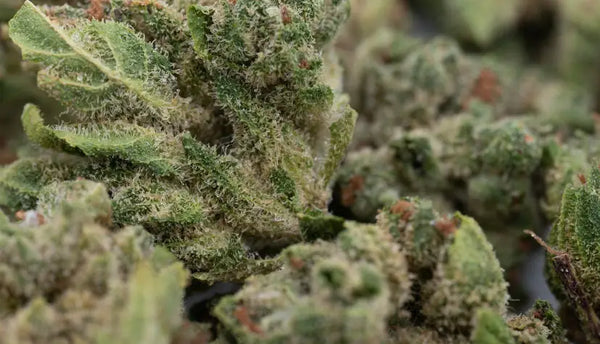
THCA Storage and Transport
Cellular Mechanisms and Compartmentalization
The storage of THCA within trichomes involves sophisticated cellular mechanisms that concentrate and preserve these valuable compounds. Scientific THCA trichomes contain specialized subcellular compartments that isolate THCA from cellular metabolism while maintaining compound stability. The primary storage site is the subcuticular space, a unique compartment formed between the cell wall and a specialized cuticle layer.
This subcuticular space functions as a highly organized storage depot where THCA accumulates in crystalline or amorphous forms. The chemistry of this compartment maintains optimal conditions for THCA stability, including controlled pH, ionic strength, and protection from enzymatic degradation. Transmission electron microscopy studies have revealed complex internal structures within this space, suggesting active organization rather than simple accumulation.
Transport mechanisms move THCA from synthesis sites to storage compartments through specialized cellular machinery. This transport involves specific carrier proteins and membrane transporters that recognize and move cannabinoids while excluding other cellular compounds. The efficiency of these transport systems directly affects final THCA concentrations and has become a target for genetic improvement programs.
Concentration Gradients and Distribution
THCA trichome science reveals complex concentration gradients within individual trichomes and across plant surfaces. THCA concentrations are highest in the secretory heads of capitate-stalked trichomes, with decreasing concentrations in stalked and sessile trichome types. This distribution pattern reflects the specialized function of different trichome types and their varying biosynthetic capacities.
Within individual trichomes, THCA distribution is not uniform. Concentrations are typically highest near the outer surfaces of the secretory head, suggesting active transport toward storage sites. Time-course studies have shown that THCA accumulation follows predictable patterns, with rapid initial accumulation followed by slower steady-state accumulation as storage capacity approaches saturation.
The distribution of THCA across plant surfaces reflects both genetic programming and environmental influences. Flowers typically contain the highest trichome densities and THCA concentrations, followed by young leaves and stem surfaces. This distribution pattern provides optimal plant protection while concentrating valuable compounds in reproductive tissues.
Protective Functions and Stability
THCA storage systems in trichomes provide multiple layers of protection against environmental degradation. The subcuticular compartment protects THCA from UV radiation, oxidation, and hydrolysis, significantly extending compound stability compared to exposed locations. The waxy cuticle layer provides additional protection while allowing controlled compound release under specific conditions.
Chemical analysis of trichome contents reveals the presence of various protective compounds, including antioxidants, UV-absorbing compounds, and stabilizing agents. These compounds work synergistically to maintain THCA integrity throughout plant development and storage. Understanding these natural protection mechanisms has informed post-harvest processing techniques that preserve THCA content and quality.
The protective functions of trichomes extend beyond compound storage to include plant defense against herbivores and pathogens. THCA and related compounds demonstrate antimicrobial and deterrent properties that protect plants from various threats. This dual function of storage and protection represents an elegant evolutionary solution that maximizes the value of metabolic investment in trichome development.
Research Applications and Future Directions
Medical Research Implications
THCA trichome research has opened new frontiers in medical cannabis research, revealing therapeutic potential that extends far beyond traditional applications. THCA demonstrates unique pharmacological properties distinct from its decarboxylated form THC, including anti-inflammatory, neuroprotective, and antiemetic effects. These properties have sparked intensive research into THCA-based therapeutics for conditions ranging from neurodegenerative diseases to inflammatory disorders.
Preclinical studies have demonstrated THCA's ability to modulate inflammatory pathways through mechanisms independent of cannabinoid receptors. This non-psychoactive activity profile makes THCA particularly attractive for therapeutic applications where psychoactive effects are undesirable. Research has shown promising results for THCA in treating conditions such as epilepsy, multiple sclerosis, and inflammatory bowel disease.
The unique properties of THCA biosynthesis trichomes have also enabled research into targeted drug delivery systems. Trichome-derived formulations maintain THCA stability while providing controlled release characteristics. These delivery systems represent a significant advancement over traditional cannabis preparations, offering improved bioavailability and therapeutic consistency.
Agricultural Optimization and Breeding
Modern cannabis breeding programs increasingly focus on trichome THCA production as a primary selection criterion. Advanced analytical techniques allow breeders to quantify trichome density, size, and THCA content with unprecedented precision. This quantitative approach has accelerated the development of high-THCA cultivars that meet specific therapeutic and commercial requirements.
Genomic selection techniques utilize DNA markers associated with trichome development and THCA synthesis to predict breeding outcomes. These approaches significantly reduce the time and resources required to develop new cultivars while improving selection accuracy. Marker-assisted breeding programs have already produced cultivars with dramatically improved THCA profiles compared to traditional varieties.
Environmental optimization strategies based on trichome biology have revolutionized cultivation practices. LED lighting systems designed to promote trichome development, precision nutrient management targeting cannabinoid synthesis, and controlled environment systems optimized for trichome maturation have all emerged from fundamental research into cannabis THCA science.
Future Developments and Emerging Technologies
The future of THCA trichome research promises exciting developments in multiple areas. Synthetic biology approaches aim to engineer enhanced THCA production through modified biosynthetic pathways. These techniques could potentially create trichomes with dramatically increased THCA capacity or novel cannabinoid profiles not found in nature.
Nanotechnology applications in trichome research include the development of artificial trichome-like structures for pharmaceutical delivery and the creation of enhanced extraction techniques that preserve trichome integrity. These technologies could revolutionize both cannabis processing and therapeutic applications.
Advanced imaging techniques, including confocal microscopy and mass spectrometry imaging, continue to reveal new details about molecular THCA trichomes function and development. These tools enable real-time monitoring of THCA synthesis and accumulation, providing insights that inform optimization strategies.
Quality Assessment and Industry Applications
Analytical Methods and Standards
The commercial cannabis industry relies heavily on sophisticated analytical methods to assess scientific THCA trichomes quality and potency. High-performance liquid chromatography (HPLC) has become the gold standard for THCA quantification, providing accurate and reproducible measurements essential for product labeling and quality control. Advanced HPLC methods can separate THCA from other cannabinoids and degradation products, ensuring analytical specificity.
Mass spectrometry techniques complement chromatographic analysis by providing molecular identification and structural information. LC-MS/MS methods enable the detection of trace cannabinoids and potential contaminants while providing quantitative data for major compounds like THCA. These analytical capabilities have become essential for regulatory compliance and product development.
Microscopic analysis of trichomes provides complementary information about product quality and authenticity. Digital microscopy systems can quantify trichome density, assess developmental stage, and detect processing artifacts. This morphological analysis, combined with chemical analysis, provides a comprehensive quality assessment that informs consumer choices and production decisions.
Processing and Preservation Techniques
Understanding THCA trichome development has revolutionized cannabis processing techniques. Gentle extraction methods that preserve trichome integrity maintain higher THCA yields and better product quality. Cryogenic processing techniques freeze trichomes to facilitate clean separation while preventing thermal degradation.
Solventless extraction methods, including rosin pressing and dry sifting, rely on physical separation of intact trichomes. These techniques preserve the natural trichome structure and chemical composition, producing concentrates that closely resemble the original plant material. The popularity of these methods reflects consumer demand for minimally processed products.
Storage and packaging innovations protect THCA integrity throughout the supply chain. Light-resistant containers, controlled atmosphere packaging, and temperature-controlled storage all help preserve trichome quality from harvest to consumption. These preservation techniques are particularly important for THCA, which is more susceptible to degradation than some other cannabinoids.
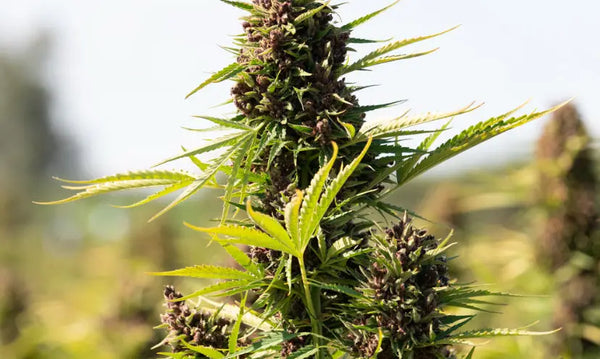
Environmental Impact and Sustainability
Resource Efficiency and Optimization
Modern understanding of THCA trichome biology has enabled more resource-efficient cultivation practices. By optimizing environmental conditions specifically for trichome development, growers can achieve higher THCA yields while reducing energy and water consumption. LED lighting systems tuned to promote trichome development consume significantly less energy than traditional lighting while producing superior results.
Precision agriculture techniques use real-time monitoring of trichome development to optimize harvest timing and resource allocation. These approaches reduce waste while maximizing product quality and yield. Automated monitoring systems can track trichome maturation across entire cultivation facilities, enabling precise harvest decisions that maximize THCA content.
Integrated pest management strategies leverage the natural defensive properties of trichomes to reduce pesticide applications. Cultivars with enhanced trichome development often demonstrate improved pest resistance, reducing the need for chemical interventions. This approach aligns with consumer preferences for pesticide-free products while reducing environmental impact.
Sustainable Production Systems
Scientific THCA trichomes research has informed the development of sustainable production systems that minimize environmental impact while maximizing output. Closed-loop cultivation systems recycle nutrients and water while maintaining optimal conditions for trichome development. These systems significantly reduce resource consumption compared to traditional cultivation methods.
Renewable energy integration in cannabis cultivation specifically considers the energy requirements for optimal trichome development. Solar-powered LED systems and geothermal climate control systems provide sustainable energy sources while maintaining the precise environmental control necessary for premium trichome production.
Organic cultivation methods enhanced by trichome science produce high-quality THCA products without synthetic inputs. Understanding the relationship between soil biology and trichome development has enabled organic growers to achieve yields and quality levels previously associated only with hydroponic systems.
Frequently Asked Questions
What makes THCA trichomes different from other plant trichomes?
THCA trichome science reveals several unique characteristics that distinguish cannabis trichomes from those found on other plants. Cannabis trichomes contain specialized biosynthetic machinery for cannabinoid production, including unique enzymes like THCA synthase not found in other plant species. The complex chemical profile and therapeutic potential of cannabis trichomes far exceed those of most other plants.
How do environmental factors affect THCA production in trichomes?
Environmental conditions profoundly influence trichome THCA production through multiple mechanisms. Light quality and intensity affect both trichome development and THCA synthesis, with UV-B radiation particularly effective at stimulating production. Temperature, humidity, and nutrient availability all play crucial roles in optimizing trichome function and cannabinoid accumulation.
Can THCA trichome production be enhanced through breeding?
Modern breeding programs successfully enhance THCA biosynthesis trichomes through genetic selection and marker-assisted breeding. Breeders can select for traits including trichome density, size, and THCA production capacity. Advanced genomic techniques enable the identification of genetic markers associated with superior trichome characteristics, accelerating breeding progress.
What role do trichomes play in cannabis quality assessment?
Trichome analysis provides essential information for cannabis quality assessment, including potency, maturity, and processing quality. Scientific THCA trichomes examination reveals product authenticity, processing methods, and storage conditions. Professional quality assessment combines trichome microscopy with chemical analysis to provide comprehensive product evaluation.
How stable is THCA in trichomes over time?
THCA stability in trichomes depends on storage conditions and environmental factors. Properly stored trichomes maintain THCA content for extended periods, while exposure to heat, light, and oxygen accelerates degradation. Molecular THCA trichomes research has identified optimal storage conditions that preserve THCA integrity throughout the supply chain.
Conclusion
The science behind THCA trichome research represents one of the most rapidly advancing fields in plant biology and pharmaceutical research. These microscopic structures embody millions of years of evolutionary refinement, creating sophisticated chemical factories that produce compounds with remarkable therapeutic potential. From their complex biosynthetic pathways to their protective storage mechanisms, trichomes demonstrate the elegant solutions that nature develops to complex biological challenges.
The scientific importance of THCA trichomes extends far beyond their role in cannabis production. These structures serve as model systems for understanding specialized metabolism, cellular differentiation, and chemical ecology. Research into trichome biology has contributed to broader understanding of plant defense mechanisms, secondary metabolism, and environmental adaptation strategies.
Future research directions promise even more exciting developments in cannabis THCA science. Synthetic biology approaches may enable the engineering of enhanced trichome systems with improved production capacity or novel compound profiles. Advanced analytical techniques will continue to reveal new details about trichome function and development, informing optimization strategies and quality assessment methods.
The integration of trichome science with agricultural technology, pharmaceutical development, and environmental sustainability represents a convergence of scientific disciplines that will drive innovation for years to come. As our understanding of THCA synthase trichomes and related systems continues to expand, we can expect breakthrough developments in therapeutic applications, sustainable production methods, and quality optimization techniques.
The journey from understanding basic trichome biology to developing advanced therapeutic applications demonstrates the power of fundamental scientific research to transform entire industries. The continued investment in trichome research, supported by advancing analytical capabilities and increasing market demand, ensures that this field will remain at the forefront of plant science and pharmaceutical development for the foreseeable future.

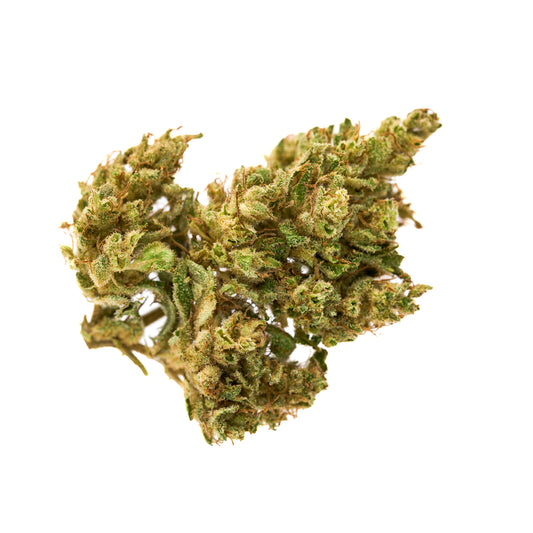
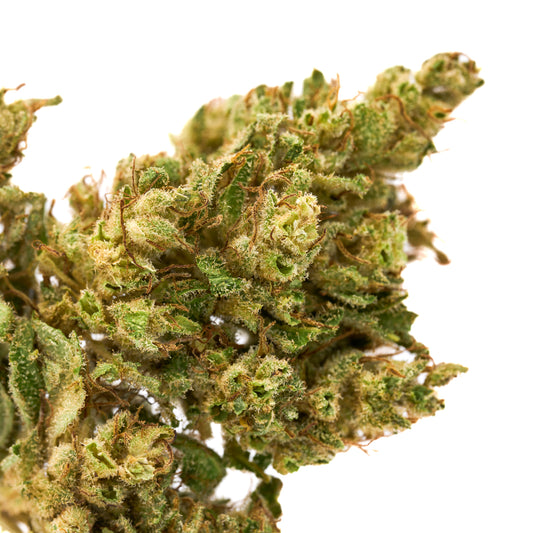
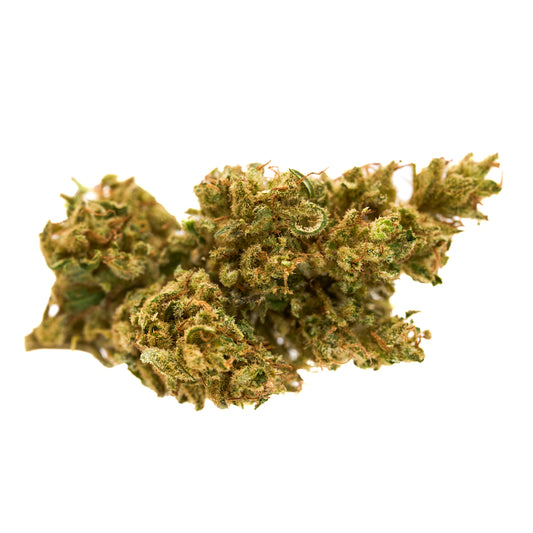
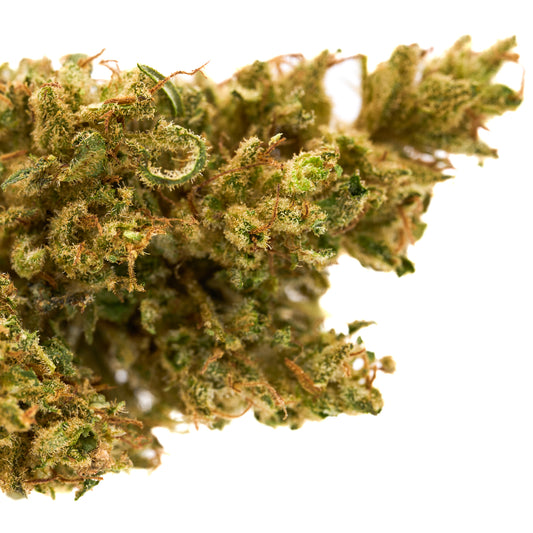
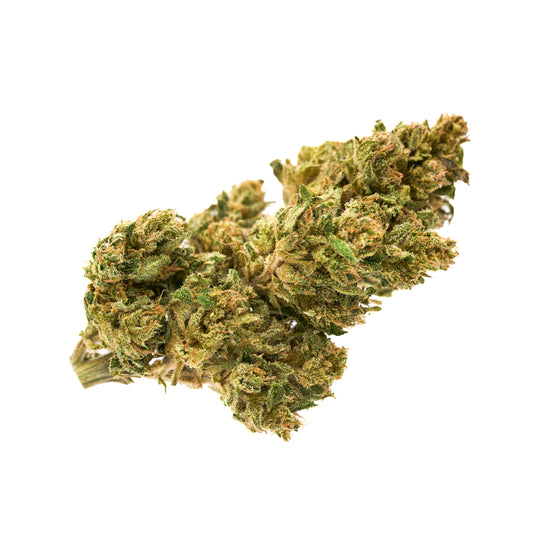
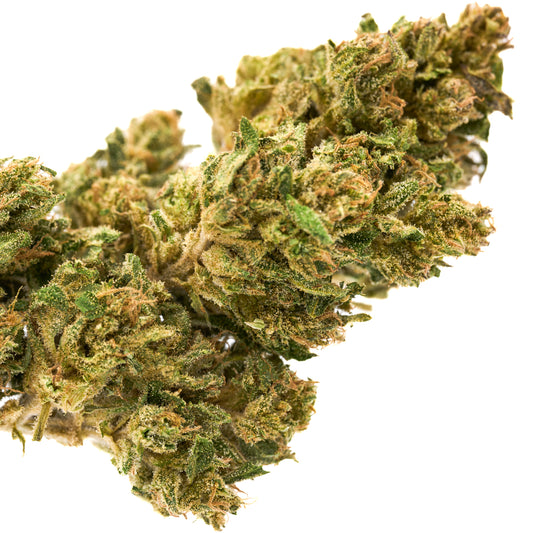



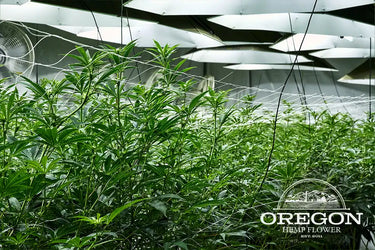

Leave a comment
Please note, comments need to be approved before they are published.